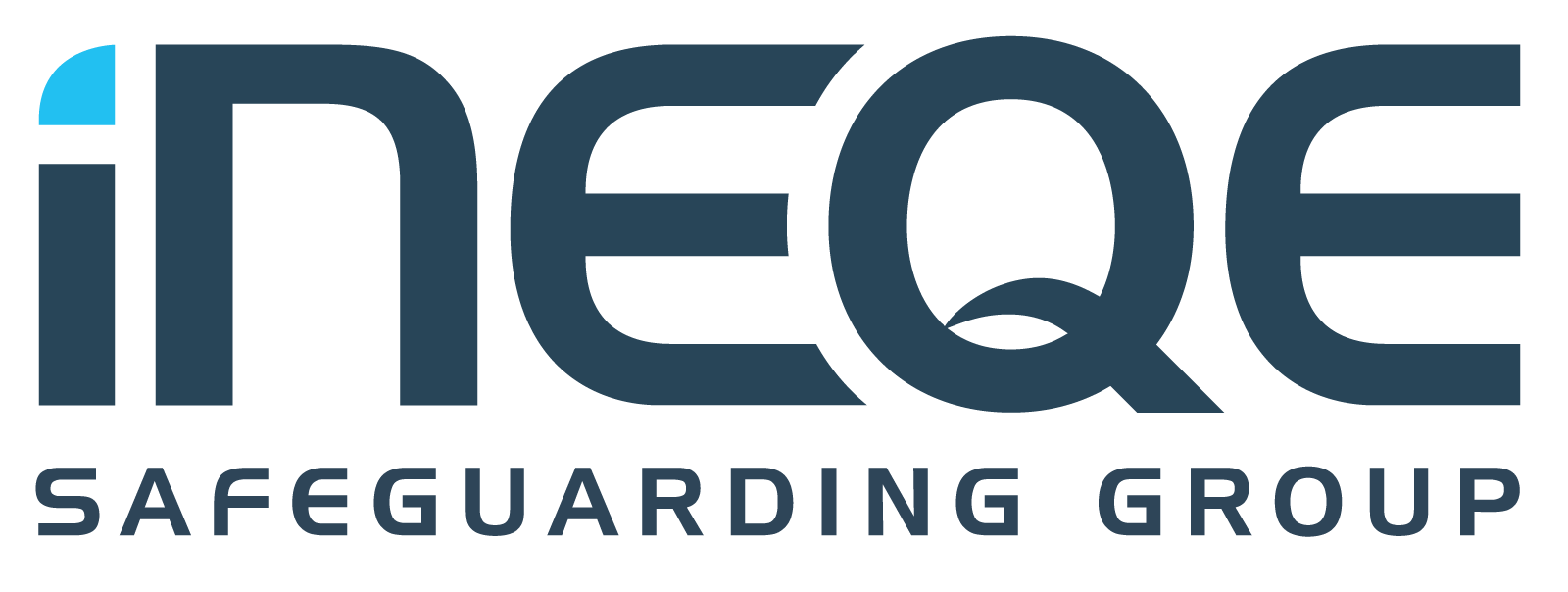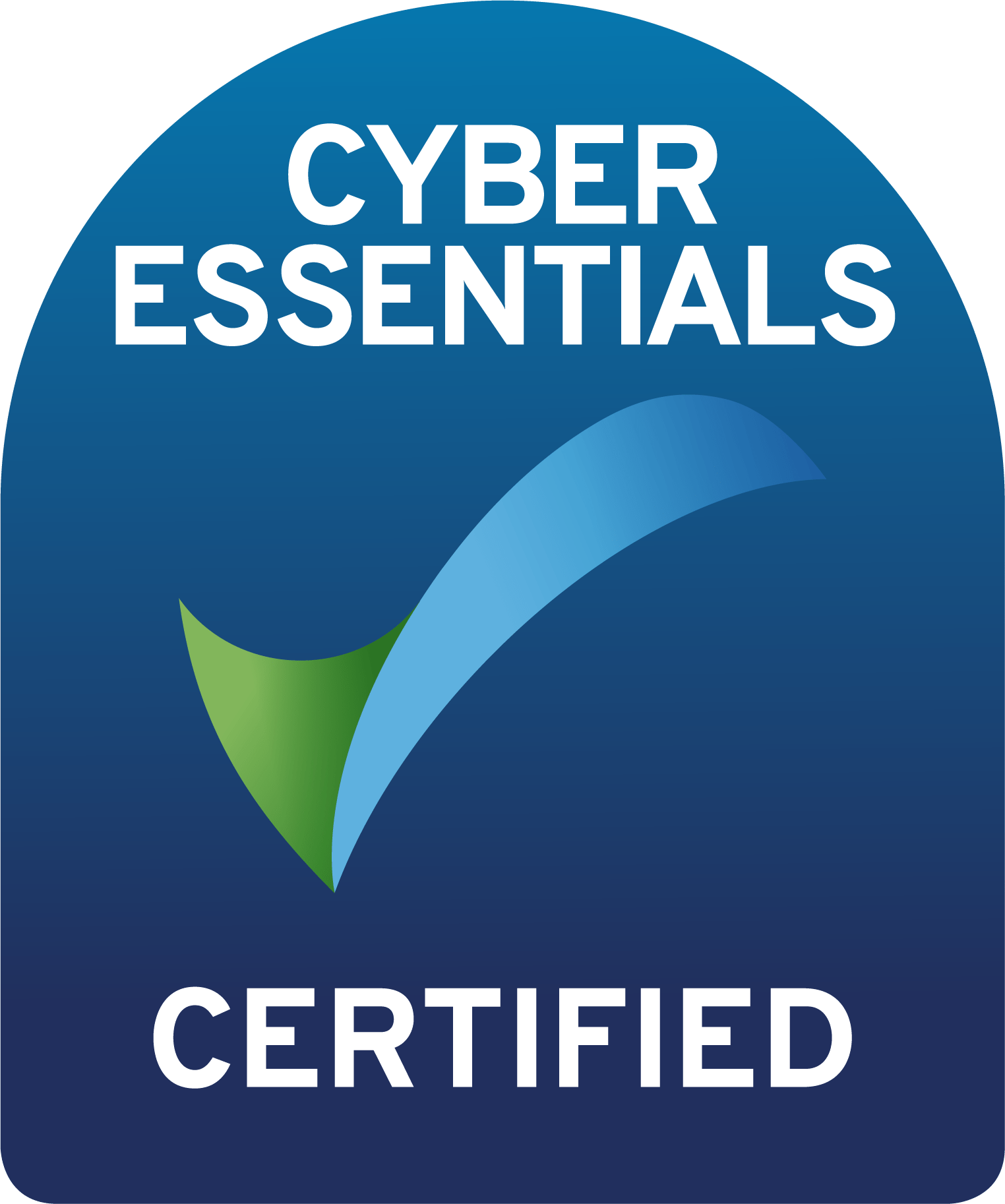Pre-Audit Site Visit
The audit team works closely with Church bodies to ensure all information requested is received and any requirements needed for the site visit are identified and met. Each SPOC receives an audit briefing pack which includes:
Biweekly ‘Keeping in Touch’ (KIT) meetings are also arranged with INEQE’s SPOC to facilitate open lines of communication.
Timeline

Online Surveys
As part of the audit process, the team from INEQE Safeguarding Group would like to engage with a wide spectrum of individuals from dioceses, parishes and cathedral communities through online surveys. These surveys will act as a mechanism through which individuals can comment on matters relevant to the audit’s focus.
The surveys are both anonymous (the audit team are not seeking to identify individuals) and confidential (individuals will not be identified in our report). The purpose of the surveys is to enable the audit team to conduct a wider analysis of practice across Church bodies and give individuals the opportunity to contribute to the audit.
No one from the Church of England or other body will be provided with or have access to survey responses.
The Audit team have designed seven surveys for the following stakeholders:
Dedicated safeguarding email inbox and confidential contact form
A dedicated safeguarding email address is set up along with a confidential contact form to enable individuals willing to engage with the audit to share information. This is monitored on a routine basis and key lines of enquiry are followed up.
Access to Case Management System
To enable the analysis of information before a site visit occurs, INEQE requires access to each Church Body’s case management system (CMS). INEQE dip sample between 10% and 15% of safeguarding case files that have either been opened or closed within the 12 months immediately preceding the audit. Auditors maintain a consistent methodology to ensure the sample is representative. Access to the CMS is requested no later than 10 weeks before an audit visit.
The 360° Safeguarding Audit Tool
To ensure the most productive use of time, INEQE’s approach is to analyse all available information in advance of site visits. This information is collected using INEQE’s 360° Safeguarding Audit Tool. The 360° Safeguarding Audit Tool is a series of questions set against a framework that captures an organisation’s baseline policies, practices and other information relevant to the audit. For example, beyond policies, this includes records relating to safeguarding training, safer recruitment practices, previous audits, reviews or reports commissioned by or into the Church body.
Mapped against the National Safeguarding Standards, the 360° Safeguarding Audit Tool also provides a baseline against which the overall sufficiency of safeguarding is assessed, and any progress evidenced (i.e. against previous audit recommendations). Each Church body receives an individually tailored 360° Safeguarding Audit Tool as part of their Audit Briefing Pack which must be fully completed online by the date specified as amendments cannot be made after this date.
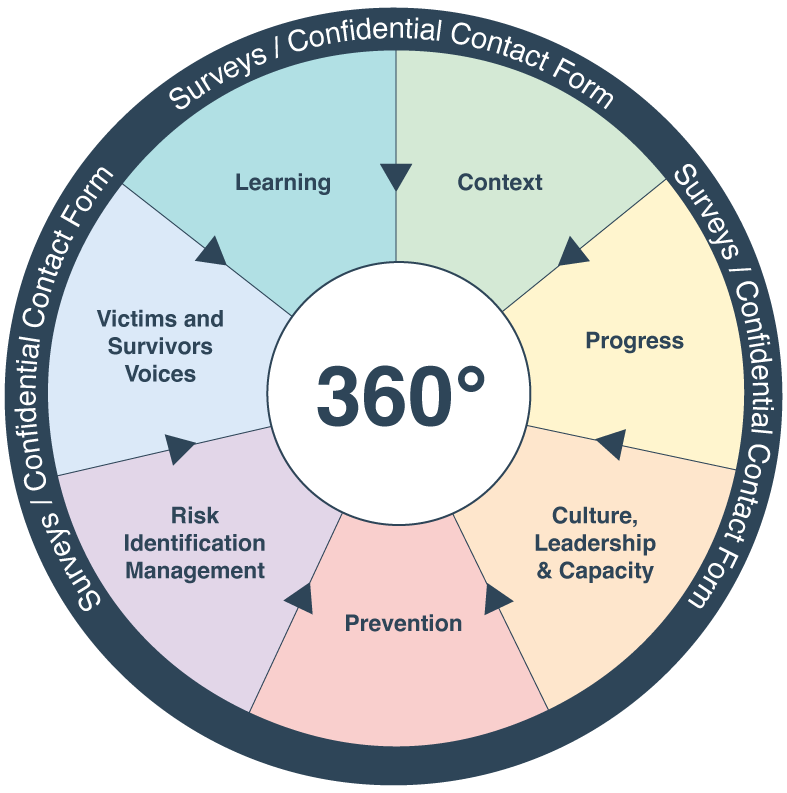
Consent Forms
Prior to engaging in scheduled discussions with children and young people under 18 years old, the audit requires consent to be sought from parents or carers. Consent forms should be distributed to the relevant group leader, staff member or parents as appropriate ahead of the site visit. All auditors have appropriate Access NI (DBS equivalent) checks and have experience working with young people in a sensitive manner.
During Site Visit
Auditors are on the ground, per geographical area, for a minimum of three and a half and maximum of five days. Each audit typically includes a visit with a diocese and a cathedral. The number of auditors present on each site visit will depend on the size of the Church body being audited. However, generally there is a minimum of four auditors per audit visit. INEQE use a small, consistent team across all audits led by Jim Gamble.
Timeline

Semi-structured discussions and Focus groups
To ensure triangulation of information collected prior to the site visit, the audit team conducts semi-structured discussions and focus groups during the site visit. These are facilitated both through face-to-face discussions and virtually. These discussions are held with individuals in key roles from dioceses, parishes, and cathedrals to relay their personal experiences of safeguarding in their church body. In addition to these discussions, the Audit team facilitates dedicated focus groups to glean further insights and perspectives from key groups of individuals. The audit team also checks manual records that can only be accessed in person.
Preliminary Briefing
At the conclusion of the visit, the auditors provide verbal feedback on their preliminary findings to the single points of contact and other relevant individuals. When an audit covers more than one Church body this is a joint briefing.
Post-Audit Site Visit
Timeline

Presentation of Audit Findings
One audit report is produced per diocese based on geographical area (i.e., usually a single report covering the diocesan board of finance, diocesan bishop’s office and cathedral(s)). The audit and subsequent report identifies and recognises areas of good practice and success. It also includes meaningful recommendations for each individual Church body to help them develop and improve the quality of their safeguarding practice. Following drafting and feedback stages, reports are published on INEQE’s Church of England webpage.
